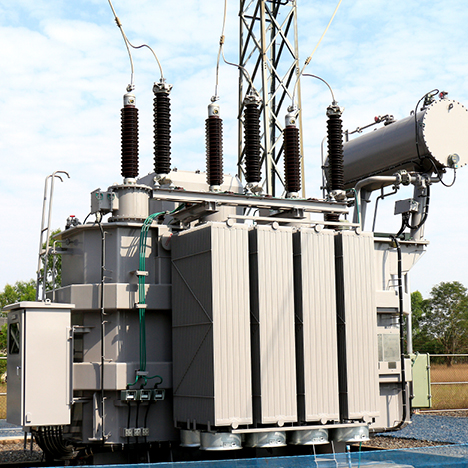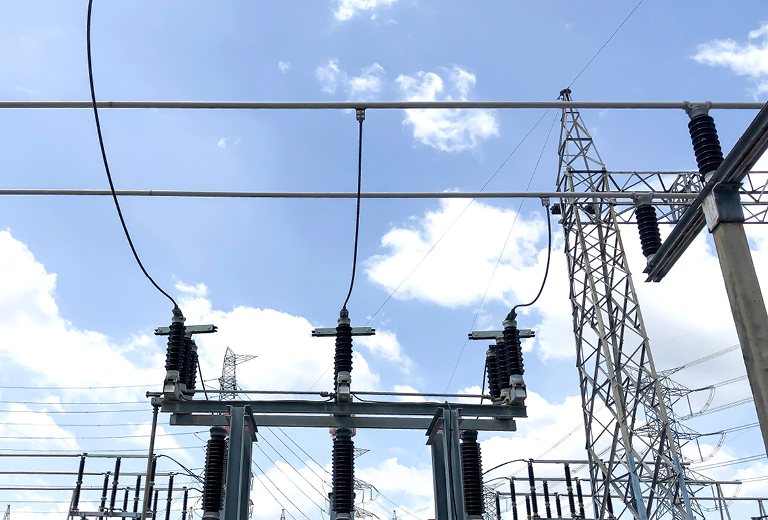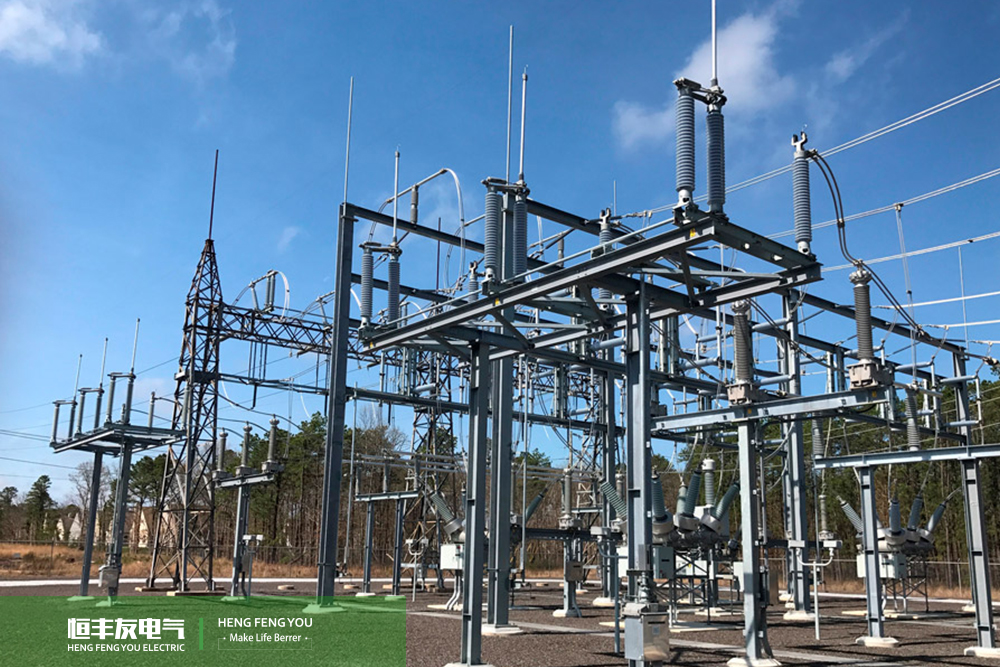Four Key Upgrades for High Voltage Substation Maintenance
Writer: Hengfeng you electric Time:2023-04-26 views:times
The United States power grid is one of the largest and most complex systems on earth, and until the lights go off, most people never give it a second thought. With more than 160,000 miles of high voltage lines and an estimated 55,000 electrical substations, this system of transformers, circuit breakers, conductors, and protection systems is the engine that drives the US economy. It is an engine, however, in serious need of a tune-up.
According to the US Department of Energy.70% of the grid’s transmission lines and transformers are more than 25 years old, with some components in service that were installed before the Great Depression. The accelerating electrification of the nation’s transportation system, combined with the rapid construction of distributed generation sources such as wind and solar, means that increasing reliability across the grid has become critical as we move further through the 21st century. Business as usual for high voltage substation maintenance is not enough.
In this technical article, I’ll review the electrical engineering behind four of the most common power substation upgrades that utilities perform to increase reliability as part of their maintenance and testing programs. I’ll also share some of the questions we ask when performing high voltage substation design.
Upgrading the Circuit Breakers in Your Substation
Substation electrical circuit breakers protect the system from faults by providing electrical circuit disconnection and fault-clearing capabilities, and newer gas-insulated SF6 circuit breakers require 2-3x less space than older oil-filled breakers. When installing an SF6 breaker, it’s important to make sure any upgrades integrate well with the existing substation equipment.
Key questions:
-
Will the existing foundation work with my new breaker?
-
Do I need any auxiliary steel to support the new breaker?
-
Are existing cables going to be reused? If so, how are we going to get them from the old box to the new?
-
How do I route conduits to my new box without creating a tripping hazard?
-
Will the new control box be accessible without a step stool or ladder? If not, any steps or platforms must maintain proper NESC clearances.
-
Is the breaker serving a capacitor bank for system power factor regulation?
Replacing the Relay Panels in Your Substation Design
One of the biggest changes to the grid over the last 20 years has been the widespread adoption of microprocessor-based protective relays. Microprocessor-based relays allow for faster communication across the grid, and provide additional control and monitoring to make the system more flexible and adaptable. Because they are interconnected, replacing a relay panel can be a tricky task, but with thoughtful planning and a thorough investigation of the system, it’s one that can be done successfully.
Key questions:
-
Where is the new panel going to be placed? In the same location or a new location?
-
Are there old relays that need to be relocated to the new panel?
-
How is the SCADA RTU system integrated into the existing station? Are there any special requirements that need to be considered such as aux relays or alarming relays?
-
Are there any new system requirements that need to be incorporated into the new design, such as separating DC power feeds or upgrading the AC electric power system?
Replacing High Voltage Substation Transformers
Often when replacing a power transformer a mobile transformer is brought in to take its place during the construction process. Mobile transformers are costly to use and may have limited availability. For this reason, advanced planning and engineering are critical to minimize outage time that can drive up project costs.
Key questions:
-
Are there any changes in the phasing, bushing orientation or bus bar connections?
-
Does the new transformer have the same auxiliary power requirements as the old one?
-
Do the CTs have the same accuracy and ratios as the transformer that is being replaced?
-
Is the protective relaying scheme being updated?
-
Are there new alarms required into the SCADA RTU and protection system?
Upgrading Bus Conductors and Line Entrances

At the heart of the country’s transmission lines and substations are the conductors that carry the power from one place to the next. The conductor within a substation can be a limiting factor on a line, impacting system capacity for an entire region. While upgrading bus conductor or line entrance seems like a straightforward process, you can avoid pitfalls by doing your homework.
Key questions:
-
Are we replacing this conductor for increased capacity or because there was a failure or hot spot?
-
What type of material should our new conductor be? Many utilities have standardized on aluminum, but there can be headaches if the rest of the station is copper or vice-versa.
-
What type of fittings do the crews like to use? Is welding an option? How about compression or bolted?
-
Are there any new bus supports or disconnect switches? Do they have the same dimensions as the old ones? Often it’s best to do a laser scan of the equipment being replaced so that you know exactly how everything will line up.
-
Is there a configuration change on the line entrance? Do we need a new transition pole or conductor arrangement to maintain proper clearances?
Increasing the reliability of the US grid is a monumental challenge, but an exciting one. Building a grid that is more robust, flexible, and reliable will require creative thinking and advanced problem solving to make sure the lights stay on. Asking the right questions at the beginning of a job can save time, money, and ensure high quality results for clients.
Qingdao hengfengyou Electric Co., Ltd. is subordinate to hengfengshuai group. It is a professional electrical company specializing in the production, manufacturing and sales of electrical distribution products, mainly engaged in the production and global sales of distribution transformers, rectifier transformers, electric furnace transformers, etc. It has provided oem/odm services for customers in Europe, America and the Middle East for 20 years. It can provide customized production of transformer iron core, transformer coil and transformer shell. Hengfengyou Electric will provide you with the best electrical product solutions. https://www.hengfengyou.com ; info@hengfengyou.com WhatsApp:+86158 5325 2696(Jack) +86158 5326 5269









